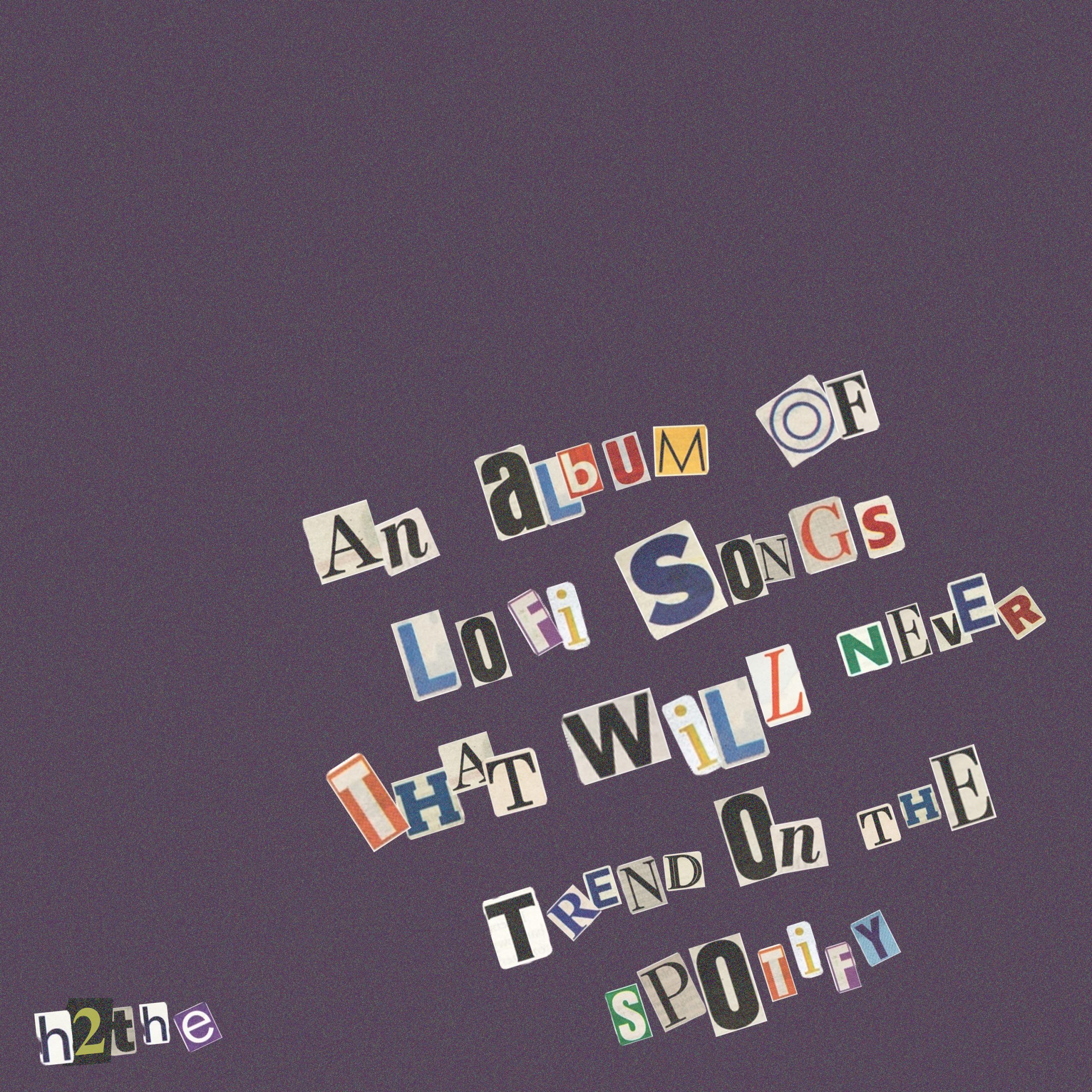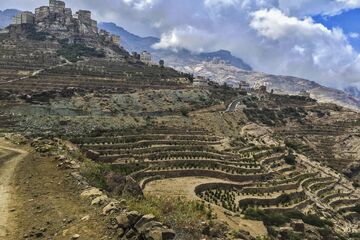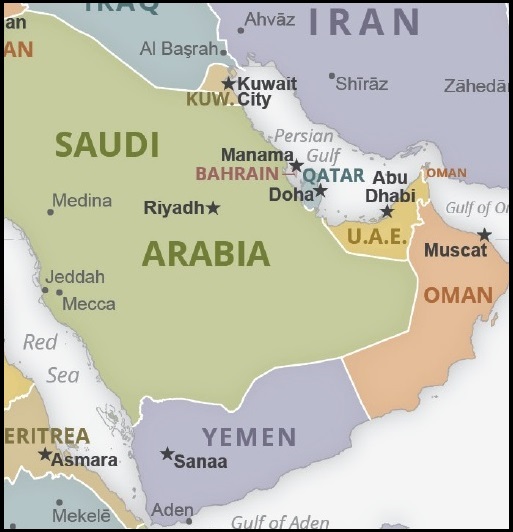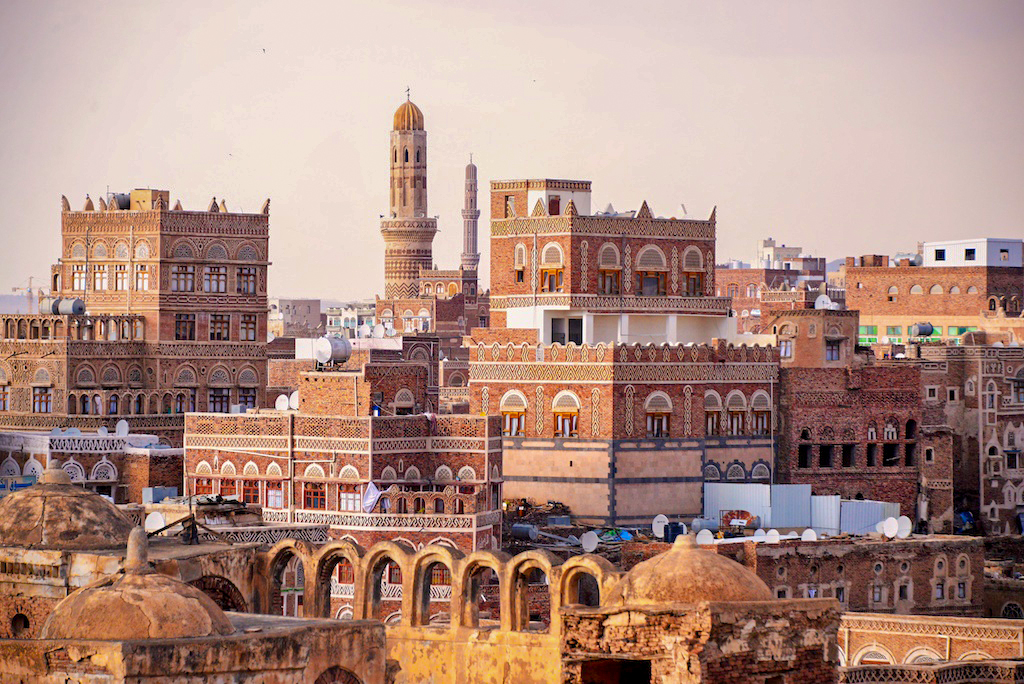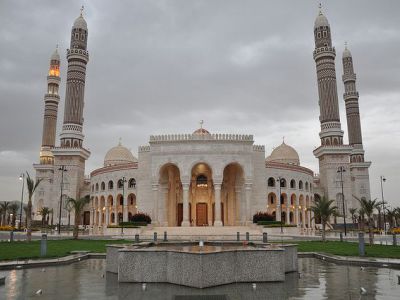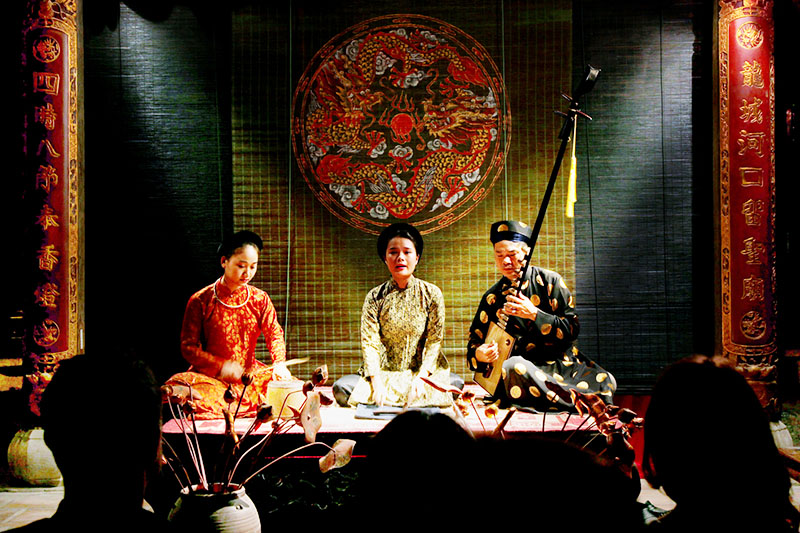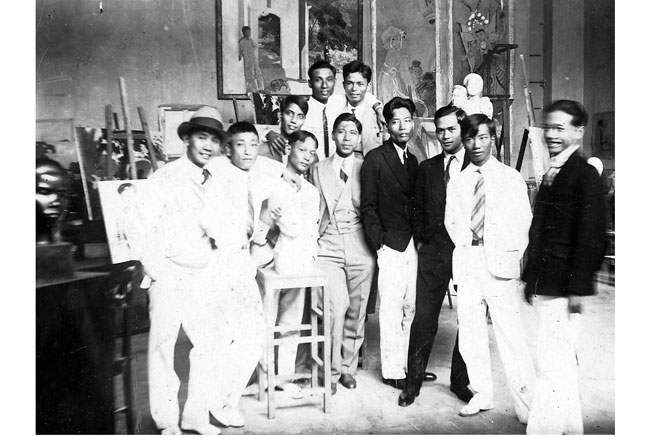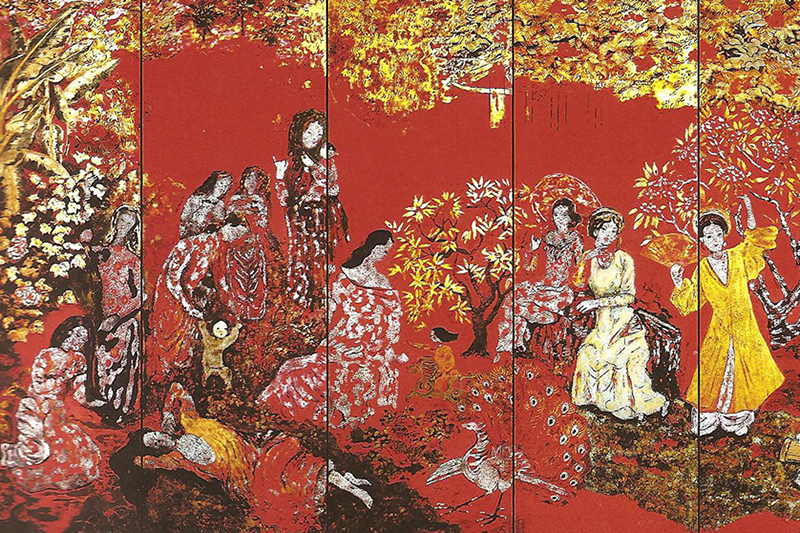 |
| Oh, these are good. I've already come up with a few variations of these in my head. |
But today, I’m making food from Yemen. I started out making Kubaneh, or Yemeni pull-apart rolls. In a bowl, I mixed together 1 c of water, a yeast packet, ½ c sugar, 1 Tbsp salt, 3 ⅓ c flour, and 1 egg and mixed it all together until everything was combined well. I kneaded it for several minutes before adding in 2 Tbsp of softened butter, just a bit at a time and kneading it again. Covering the dough with some plastic wrap, I let it rest in the bowl for about 20 minutes. After flouring my hands a little, I turned the dough out onto a floured workspace and kept cutting it in half until I had 16 even pieces and covered them with some plastic wrap. Meanwhile, I took a piece of butter and buttered my workspace as well as my hands, taking one of my dough pieces and flattened it out with my hands. The shape doesn’t matter so much. Then I sprinkled a bit of poppy seeds (in lieu of nigella seeds) and rolled it up like a long skinny log. Then I took my log and rolled it like a snail. I took out a springform pan and buttered it well and put my dough snails in my buttered pan. I did the same thing for the rest of the dough pieces, placing them in my pan like I was making cinnamon rolls. When I finished all of them, I covered the whole pan with plastic wrap and let it rise for about an hour (they didn’t rise all that much). When that time was done, I preheated my oven to 350ºF. Before I put them into the oven, I whisked together an egg with a bit of water and brushed the top of the rolls with it. I baked these for 30 minutes until the tops were golden. While that was baking, I took a can of diced tomatoes and crushed them by hand, drained off some of the liquid, seasoned it with a little olive oil and some salt and pepper (I added in some green chilies too). Once I took it out, I served the sauce on the side. I thought these were really good. Some of the egg wash dripped down to the bottom, so the bottoms of the rolls were kind of crispy and stuck to the pan. But otherwise, they were really good.
 |
| Very good, indeed. |
The main meal I made was Yemeni Chicken Mandi. First, I assembled my Yemeni spice mix and set it off to the side: ground cumin, ground coriander, black pepper, ground cardamom, ground cinnamon, ground cloves, ground turmeric, and a touch of red chili powder (it’s optional, but I used a touch of cayenne pepper anyway). I couldn’t find a half chicken, so I went with some chicken thighs with the skin on. I seasoned it with some salt, and then I mixed a bit of softened butter in with 2 Tbsp of the spice mix and brushed it on the chicken and set the chicken off to the side for about 10 minutes. I put my chicken pieces on a baking sheet and covered them with aluminum foil. I baked them for about 20 minutes and then removed the top foil and baked it for another 15 minutes. I did wipe off some of the spices before serving it since it looked caked on there. For the rice part, I fried some chopped onion with a bit of olive oil, followed by some diced tomatoes and diced green chilies. Then I added in about 1 ½ tsp of the spice mix and stirred before adding in 2 cups of water with a little salt. Once the water came to a boil, I added in my rice, covered the pot, and turned down the heat. After about 10-15 minutes, I stirred my rice (especially stirring up from the bottom to keep it from sticking) and turned the heat off and put the lid back on until the rice was completely done. To serve, I put some rice on the plate and topped it with a piece of chicken and garnished it with some raisins and almonds. I really liked this. And even though I’m not much of a fan of raisins, I thought the raisins and almonds were a nice addition to it to the complexity of this dish.
 |
| Such a good comfort food. Especially with the bread. |
To go with this (because it’s cold and I thought it would go well with the bread), I made Yemeni Red Lentil Soup. I washed and drained my red lentils and set it off to the side. In a large saucepan, I cooked some diced onion and cumin together in some oil until the onions were starting to turn brown, about 5-10 minutes. Then I added in some minced garlic and stirred together before adding some tomato sauce, the lentils, water, salt, and a touch of turmeric and brought everything to a boil. Then I lowered my heat and let it cook down for about 30 minutes until the lentils were soft. Some people throw their soup in a blender to puree it, but I didn’t want to dirty up the blender. But regardless, this was amazing. I topped mine with a bit of fresh cilantro, although I wish I had some parsley instead. It did go well with the bread and was practically perfect.
 |
| I'd say this was a great meal. My son wouldn't touch it at all, but everyone else liked it. |
During these last few weeks, I’ve been seeing Yemen in the news quite a bit. Things are getting worse there, I fear. Admittedly, I haven’t been following what’s going on there too closely. But what I’ve gathered was that one of the last things Trump did was declare the Houthi regime a terrorist organization, but it’s also complicating the efforts of aid organizations getting food and medical supplies to people in need, which is nearly 80% of the country. Organizations like the WHO, UNICEF, the World Food Programme, and the UN Security Council have all warned it’s a very dire situation for most Yemenis living in the country. The country may be on the brink of collapse. It puts things in perspective sitting here in the US when I watch people here act like wearing a mask is an infringement on their life.
Up next: Zambia



